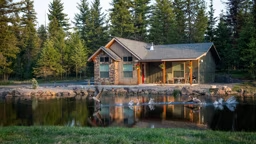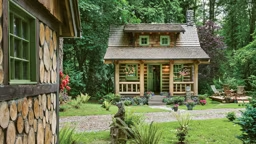Q: Two years ago a group of friends and I purchased some lakeshore property. Our particular lot has deeded lake access: a 20-foot-wide easement across the neighboring lot. Could you give us the legal description of an easement and what we can and cannot do with this piece of land? For example, can we put a bench at the end of the easement for our enjoyment? Can we have a fire pit on the easement, or is it literally just meant as a walking path to the lake? We had hung a hammock between two trees near the lakeshore. The neighbor, who luckily is very friendly and accommodating, asked us to remove the hammock since the trees and land legally belong to him. Thanks for your response.
– Timothy De Prey, Minneapolis, Minn.
A: An easement is, by definition, the right to use another person’s property for a specific purpose. These purposes are site-specific, such as the right to cross over a piece of land you don’t own because it is the only access to your own property, or the right to run utility and sewer lines through someone else’s property or, as in your case, the right to get down to the shoreline to enjoy the lake. Even though the land belongs legally to the underlying owner, an easement is a real property interest.
Because the term “easement” refers to the type of agreement, not the parameters of any particular arrangement, we can’t advise you on what you can and can’t do with that tantalizing little strip of land for which you can imagine so many idyllic purposes. Hopefully, the details of your easement rights are spelled out in your title report or title abstract. You may have land use rights or you may only have land access rights. Check it out.
Even if your neighbor seems accommodating, it sounds like he’s sensitive about using the land for anything more than lake access. If he objected to your hanging a hammock, it’s hard to imagine he’d be happy to find a firepit on his property. Keeping a good relationship with your neighbor is the important thing here.










